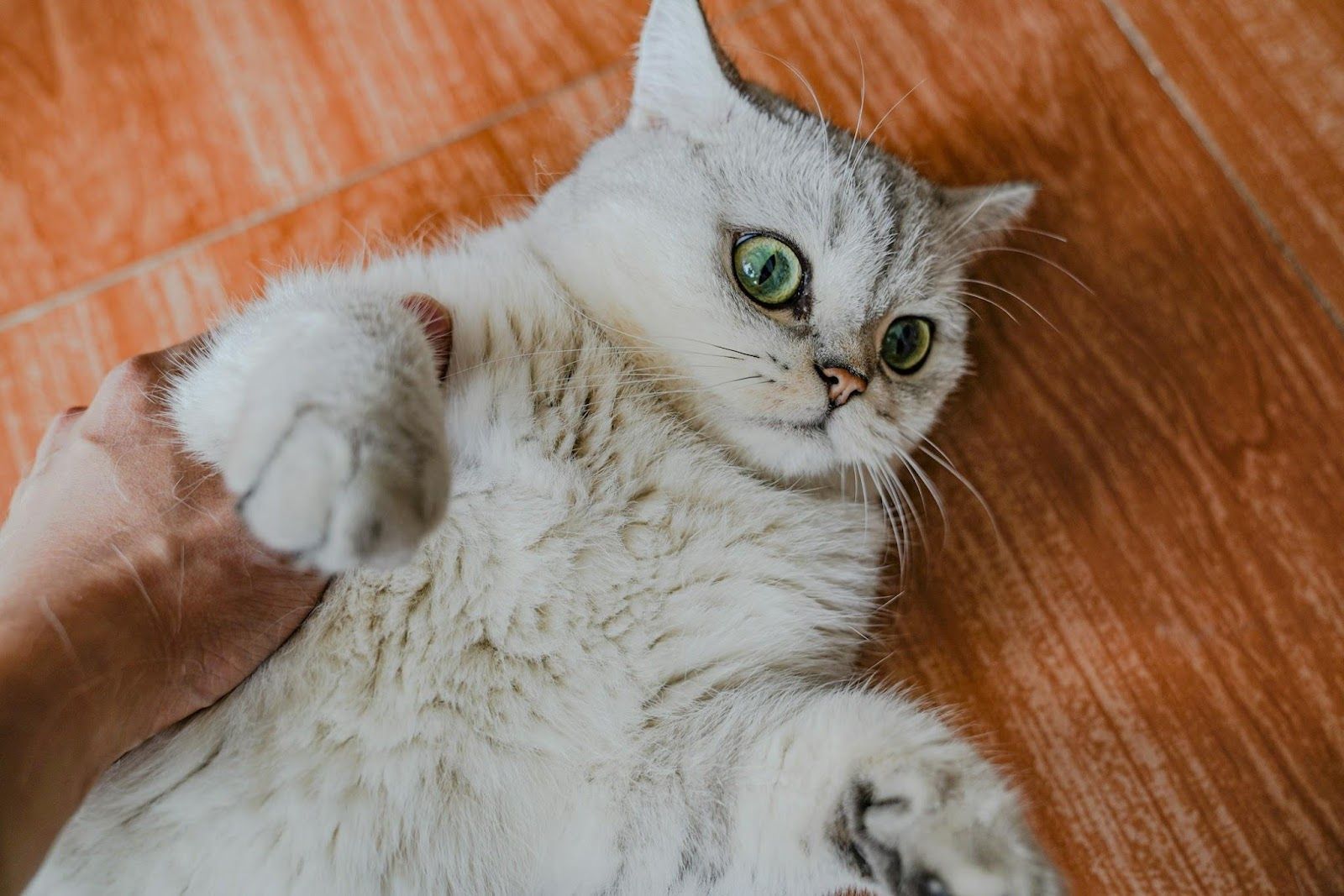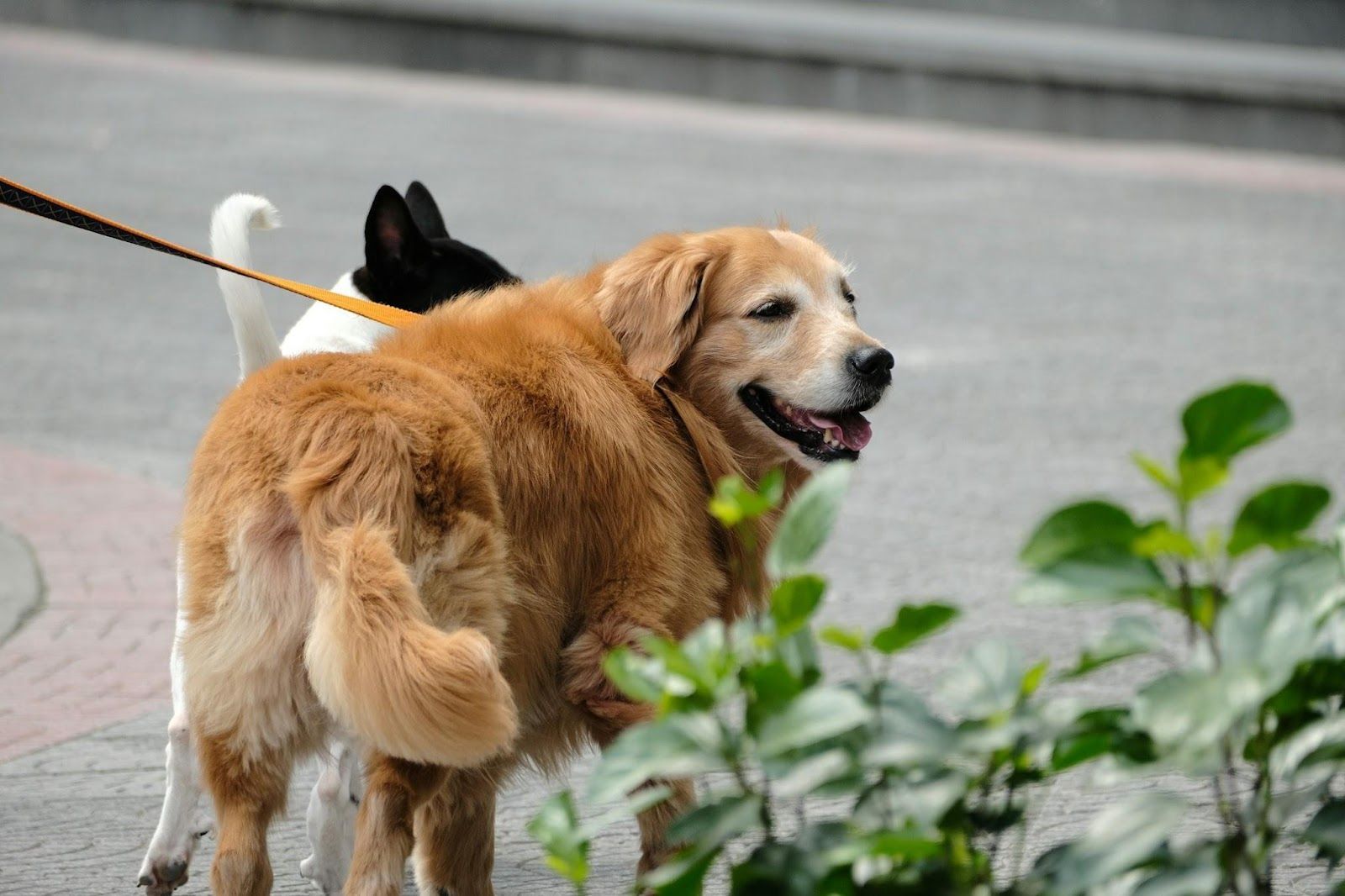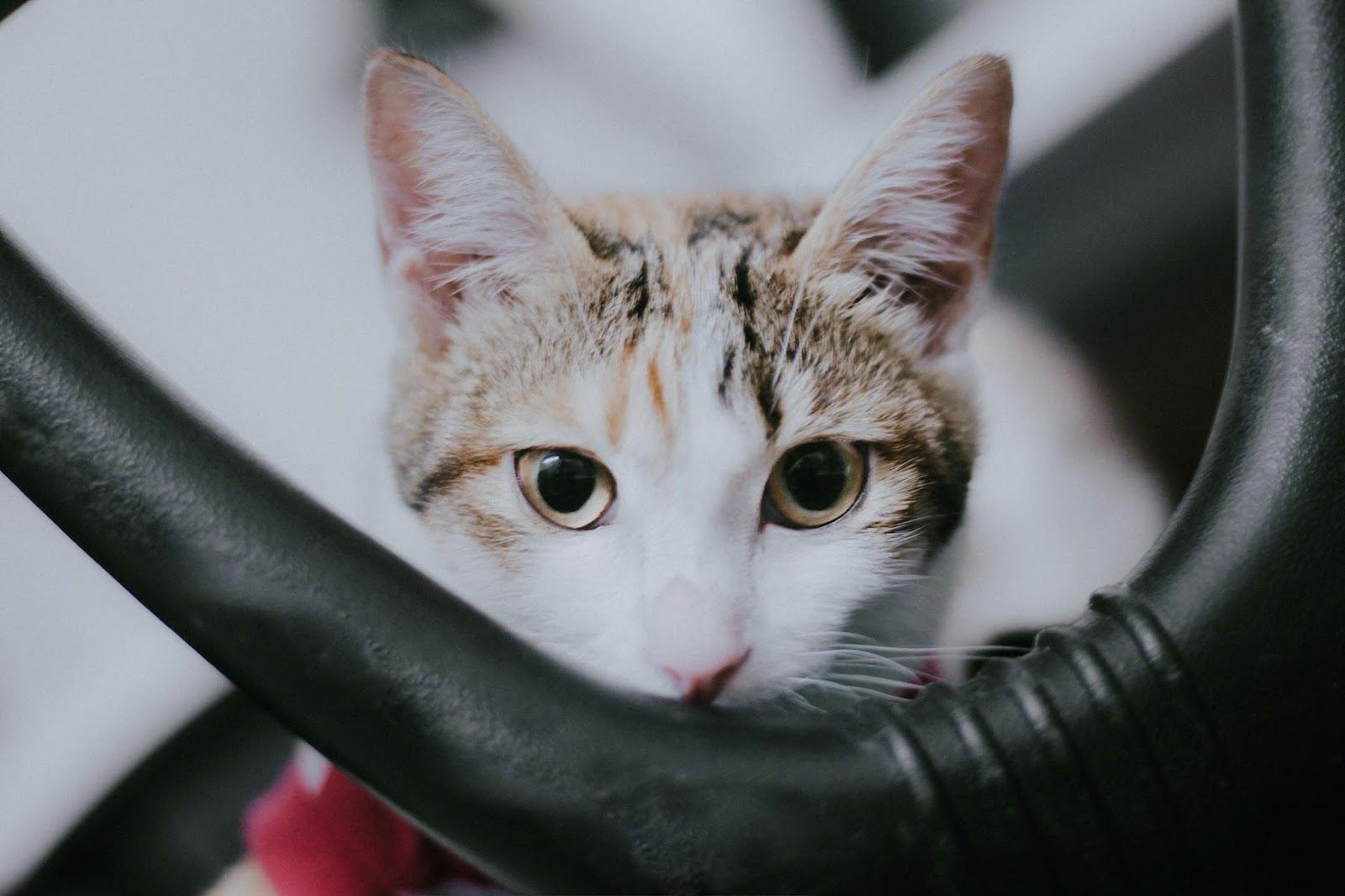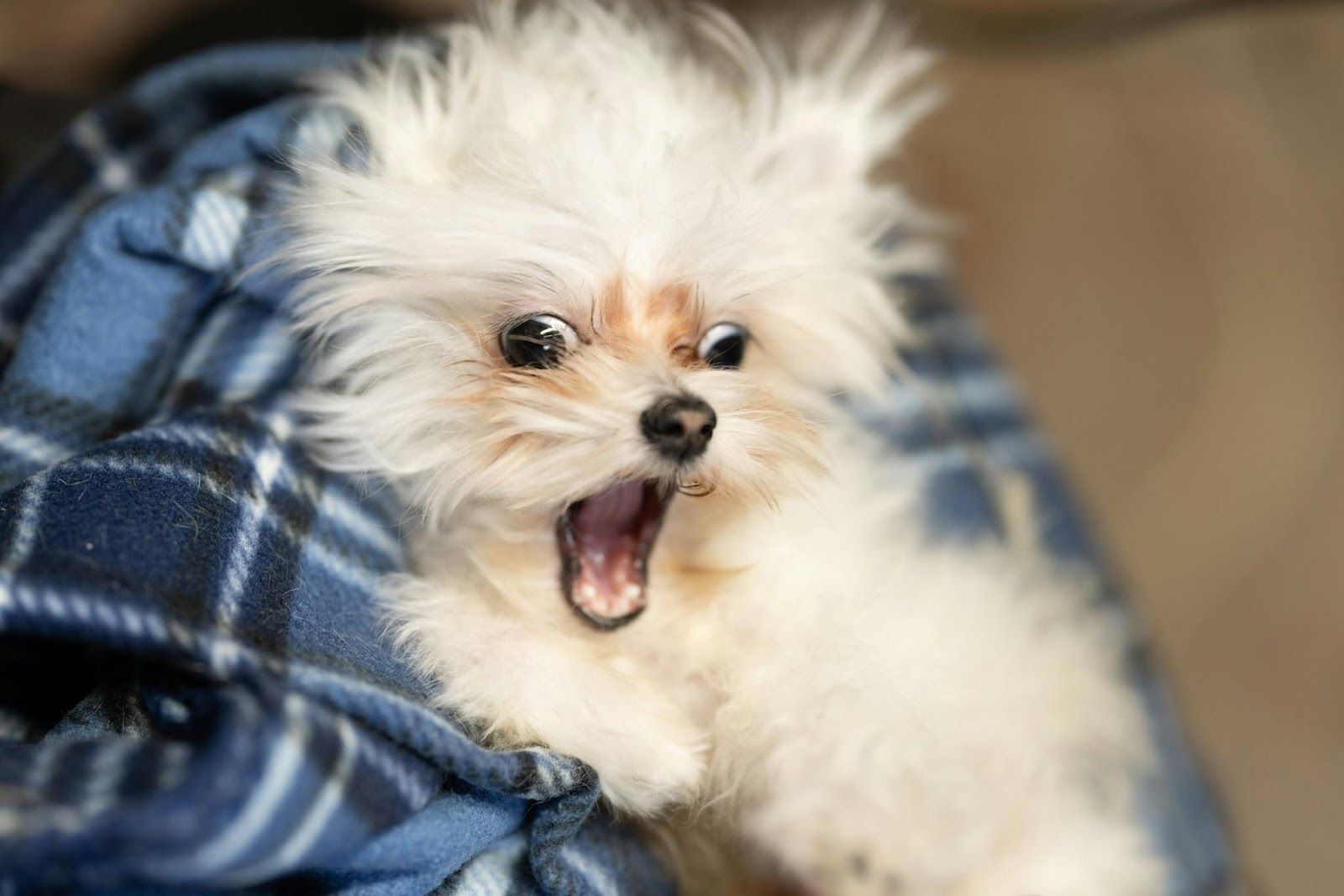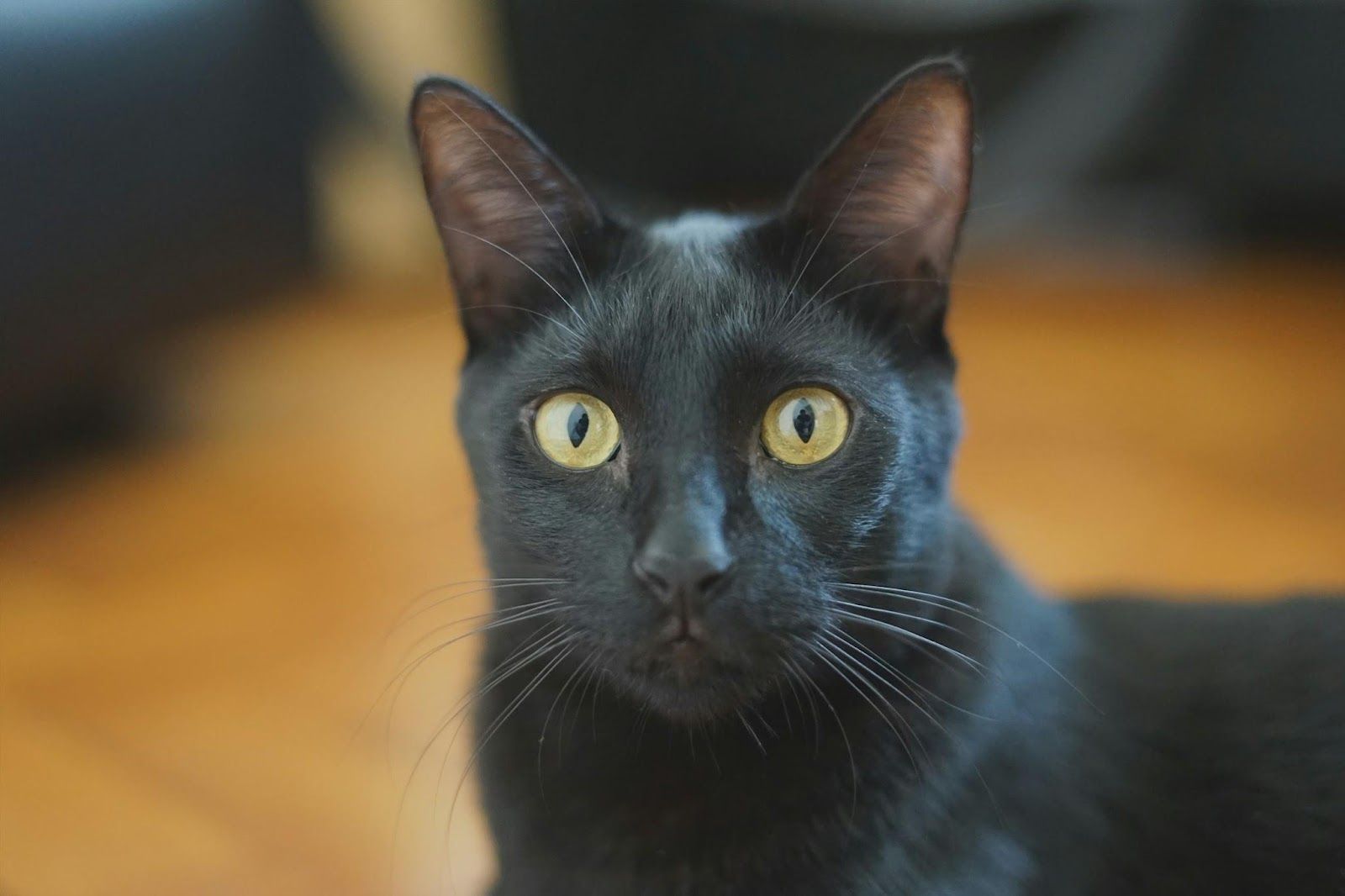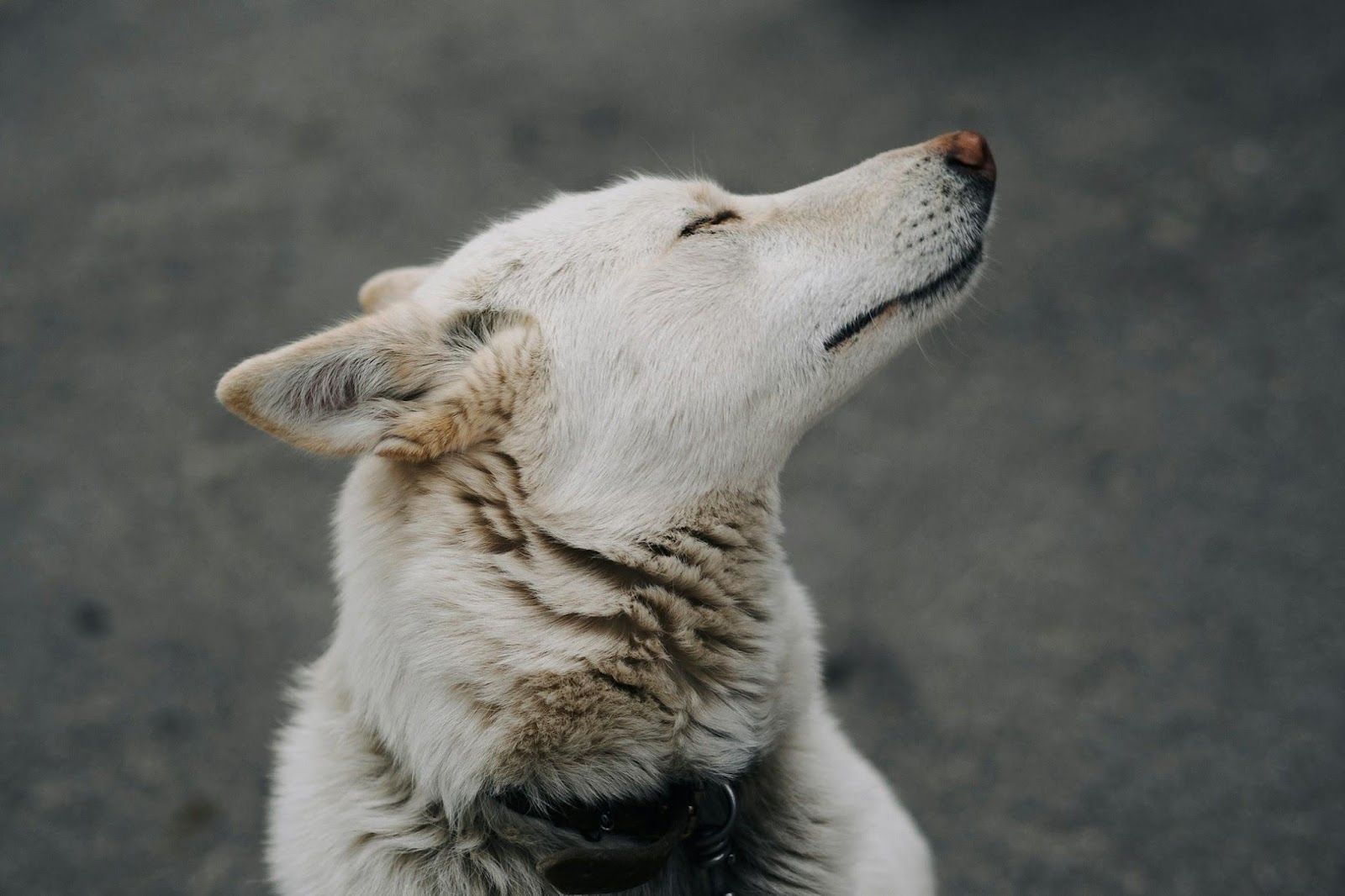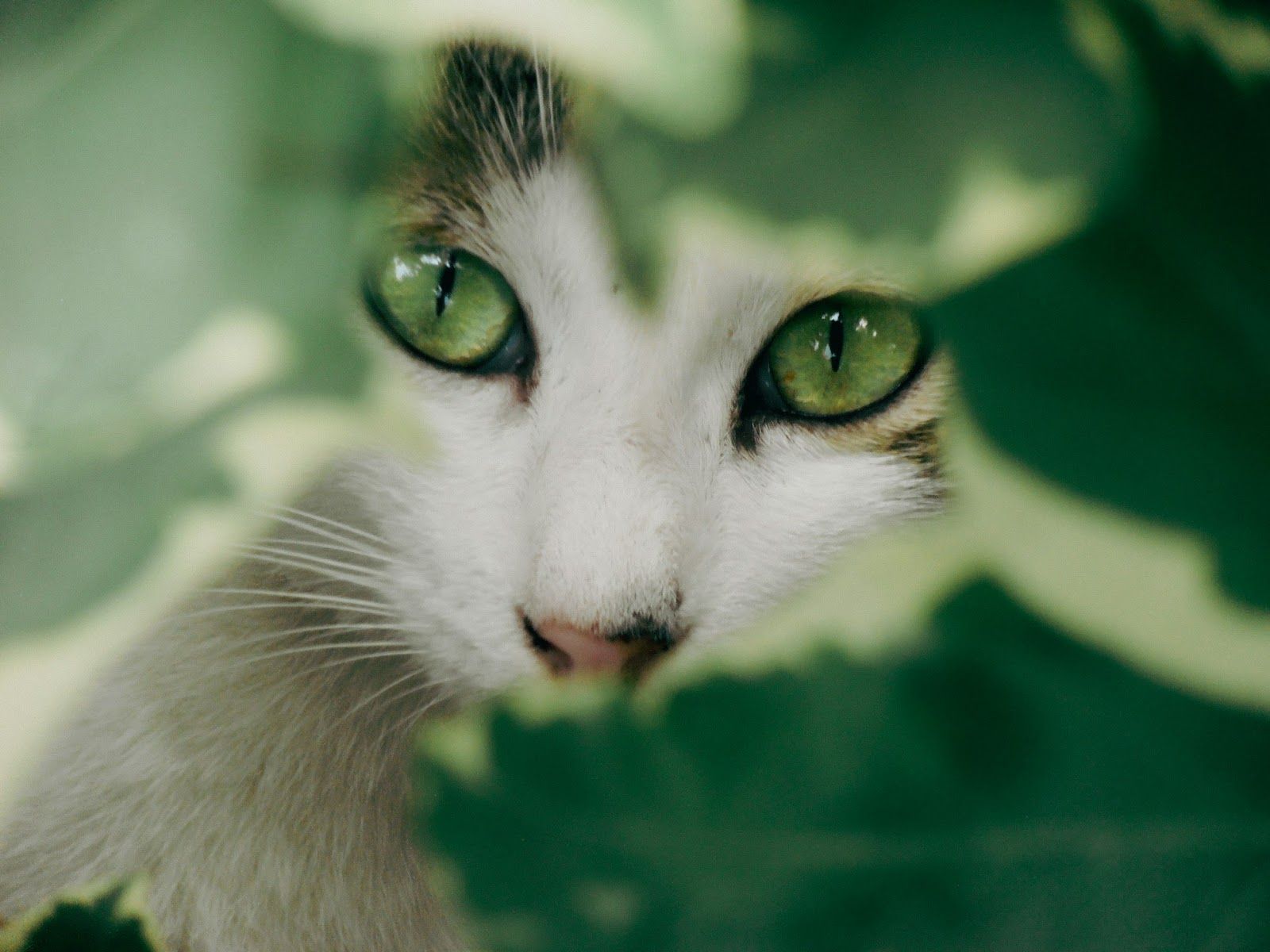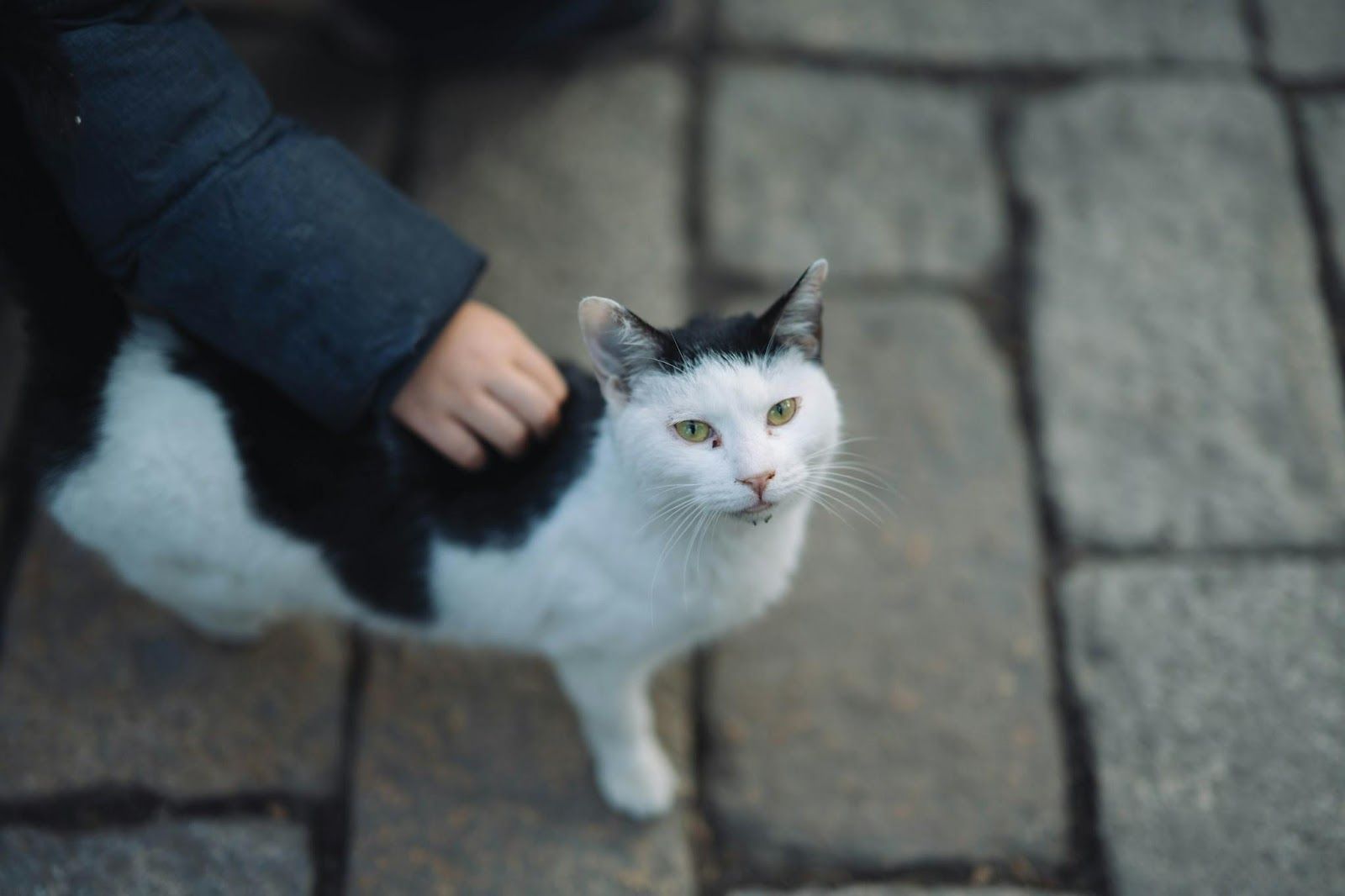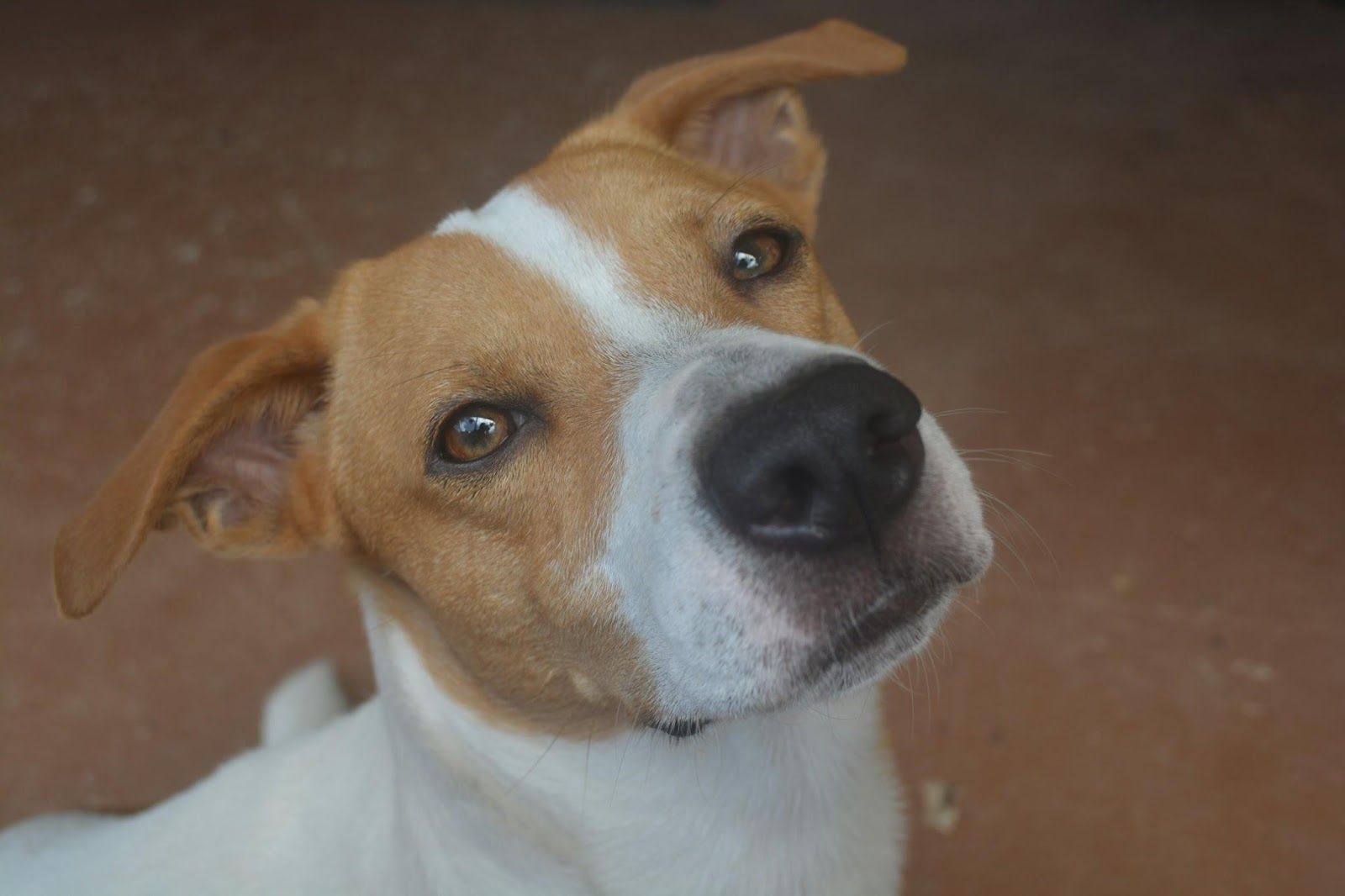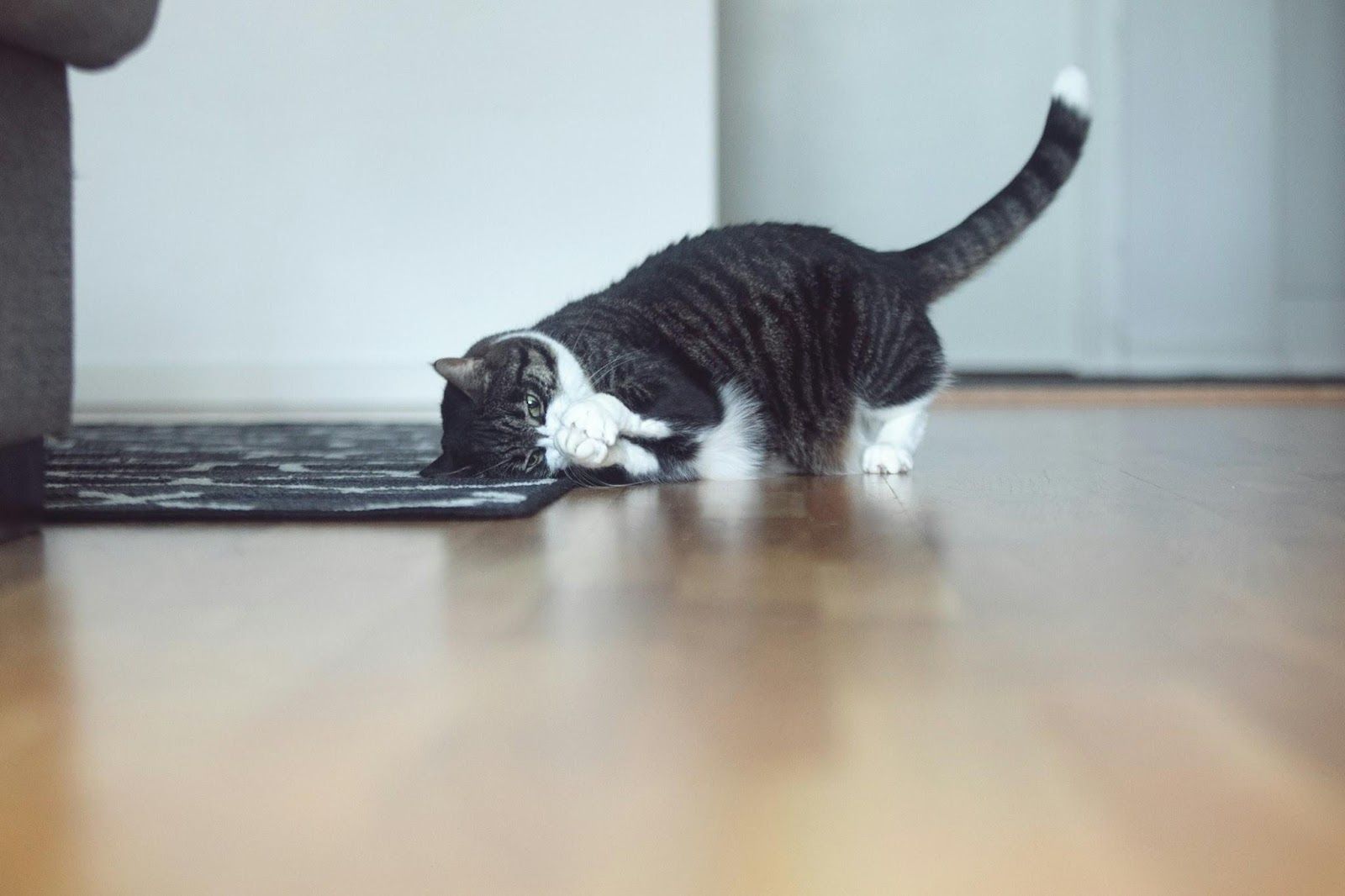A journey through the linguistic melting pot we call English
Did you know the word "ketchup" actually originated in China?
Published on September 19, 2025
 Credit: Glen Carrie
Credit: Glen Carrie
English is like that friend who travels the world and comes back with souvenirs from every country, except instead of collecting snow globes, our language has been collecting words for over a thousand years. From Viking raids to Indian spice routes, English has never met a foreign word it didn't want to adopt. Here are ten everyday words that packed their bags and moved to English permanently.
1. Ketchup (from Chinese)
 Credit: Dennis Klein
Credit: Dennis Klein
You probably slather it on fries without thinking, but "ketchup" traveled incredibly far to reach your table. The word comes from Chinese "kê-tsiap," originally a fermented fish sauce from Fujian Province. British sailors discovered this tangy condiment during the 1600s trading adventures and brought both recipe and name back home.
The transformation from fish sauce to tomato condiment happened gradually as recipes traveled through Southeast Asia to America. By the 1800s, American cooks had swapped fish for tomatoes, creating today's sweet red sauce.
2. Barbecue (from Taíno)
 Credit: Karolina Grabowska
Credit: Karolina Grabowska
"Barbecue" comes from the Caribbean Taíno people. Their word "barbacoa" described slow-cooking meat on raised wooden platforms over fire. When Spanish explorers arrived in the New World, they adopted both the cooking technique and the name, which eventually became English "barbecue."
The Taíno were indigenous people whom Columbus first met in 1492. From Carolina pulled pork to Texas brisket, we're all participating in a 500-year-old culinary tradition.
3. Shampoo (from Hindi)
 Credit: Matthew Tkocz
Credit: Matthew Tkocz
Next time you're lathering up, thank Hindi for "shampoo." The word comes from Hindi "chāmpo," meaning "to massage." Originally, it didn't involve hair cleaning—it described full-body massage techniques popular in Indian bathhouses. British colonial officers discovered this relaxing practice and brought the word to England.
The transition from massage to hair-washing happened gradually. By the 1860s, British hairdressers used "shampoo" for washing and massaging scalps with soap and water. Commercial shampoo wasn't invented until 1930, but the word was already established.
4. Chocolate (from Nahuatl)
 Credit: Jessica Loaiza
Credit: Jessica Loaiza
Few words brought humanity as much joy as "chocolate," thanks to the Aztecs. It traces back to "xocolātl" in Nahuatl, the Aztec language. This wasn't sweet candy—it was a bitter, frothy drink made from cacao beans, often spiced with chili peppers, served to warriors and nobility. Spanish conquistadors initially weren't impressed by this strange, bitter beverage.
Everything changed when someone added sugar. Spanish monks in Mexican monasteries began sweetening the drink, creating an instant hit among European aristocracy. The word traveled with the recipe, reaching England and evolving into the familiar "chocolate" pronunciation we know today.
5. Pajamas (from Persian and Urdu)
 Credit: C. Shi
Credit: C. Shi
Your comfortable nightwear has surprisingly exotic origins. "Pajamas" comes from Persian and Urdu "pāy-jāma," literally meaning "leg garment." These weren't originally sleepwear—they were loose, comfortable pants worn during the day in India and Persia. British colonials adopted them as cool, practical clothing for hot climates, but they gradually became associated with bedtime.
The sleepwear transition probably happened because these garments were perfect for home relaxation. By the early 1900s, pajamas became standard nightwear for well-dressed Americans and Europeans.
6. Safari (from Arabic)
 Credit: Hu Chen
Credit: Hu Chen
When you think "safari," you picture jeeps bouncing across African savannas, but the word comes from Arabic. "Safar" simply means "journey" or "travel," used throughout the Middle East and North Africa long before anyone photographed lions. The word entered Swahili as "safari" and reached English through European explorer accounts in East Africa.
The romantic safari notion as an African wilderness adventure was largely created by writers like Hemingway and 1920s wildlife photographers. What started as simply "trip" in Arabic became synonymous with exotic adventure and wild animals.
7. Yoga (from Sanskrit)
 Credit: Kike Vega
Credit: Kike Vega
The ancient practice filling modern studios gets its name from the Sanskrit "yoga," meaning "union" or "to yoke together." This referred to uniting mind, body, and spirit through physical postures, breathing, and meditation. For thousands of years, yoga remained within Hindu and Buddhist traditions in India, practiced by dedicated spiritual seekers.
The journey from ancient ashrams to suburban fitness centers began in the 1960s when Eastern spirituality became popular in America. What started as a profound spiritual practice evolved into everything from "hot yoga" to "goat yoga." Whether achieving enlightenment or just touching your toes, you're participating in a 5,000-year-old tradition.
8. Zombie (from Haitian Creole)
 Credit: Henrik L.
Credit: Henrik L.
Long before Hollywood fame, "zombies" were part of Haitian folklore. The word comes from "zonmi" in Haitian Creole, derived from "nzambi," meaning "god" in several African languages. In Vodou tradition, zombies weren't flesh-eating monsters but people whose souls were captured by sorcerers, leaving them trance-like. This was considered worse than death.
The word entered English through early 1900s ethnographic studies but took off after 1932's "White Zombie" starring Bela Lugosi. Hollywood transformed the concept from tragic spiritual victim to shambling, brain-eating creatures.
9. Vanilla (from Spanish)
 Credit: Chelsea Audibert
Credit: Chelsea Audibert
"Vanilla" might mean "boring" today, but it has unexpectedly spicy origins. It comes from Spanish "vainilla," diminutive of "vaina," meaning "sheath" or "pod." Spanish conquistadors described vanilla orchid pods that the Aztecs used to flavor chocolate drinks. The shape reminded them of female anatomy: "vaina" was also a sexual euphemism.
Spanish essentially called it "little sheath," with intentional innuendo. This exotic spice was so rare and expensive that it was reserved for royalty. How it became "plain" is mysterious—probably because vanilla became America's default ice cream flavor. Ironically, something once exotic and suggestively named is now considered the boring option. Aztecs, who valued vanilla above gold, would be mystified by our casual attitude.
10. Hurricane (from Taíno)
 Credit: NASA
Credit: NASA
Our final word returns to the Caribbean and Taíno people. "Hurricane" comes from "huracán," their storm god's name. This deity controlled powerful cyclones that regularly devastated Caribbean islands. Living in "Hurricane Alley," the Taíno had extensive experience with these massive storms and their destruction.
Spanish explorers encountering these devastating systems adopted the Taíno word along with a healthy respect for the storms. The word spread through European languages as more sailors experienced these tropical nightmares. It's fitting we still use the original Taíno word because, despite modern meteorology and satellite tracking, hurricanes remain as mysterious and powerful as the ancient storm god they're named after.

